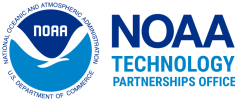It might be December, but technology innovation heated up last week on the U.S. West Coast. NOAA’s Small Business Innovation Research (SBIR) Program hosted a technology Demo Day in Los Angeles, California on December 6. The event featured innovative technologies from a cohort of seven companies representing industry segments including climate, ocean observations, atmospheric monitoring, and weather adaptation. Demo Day marked the culmination of a 2-year Commercialization Assistance Program (CAP) for SBIR grant awardees.
The NOAA Demo Day was hosted by Larta Institute at its scenic headquarters event space in downtown Los Angeles, in conjunction with Larta’s Eco’23 LA festival. The Eco’23 LA event was designed to showcase innovators working with Larta on urgent climate change and environmental challenges, and to accelerate groundbreaking innovations that can make a real impact. Attendees included startups, investors, businesses, philanthropists, community organizations, and government agencies.
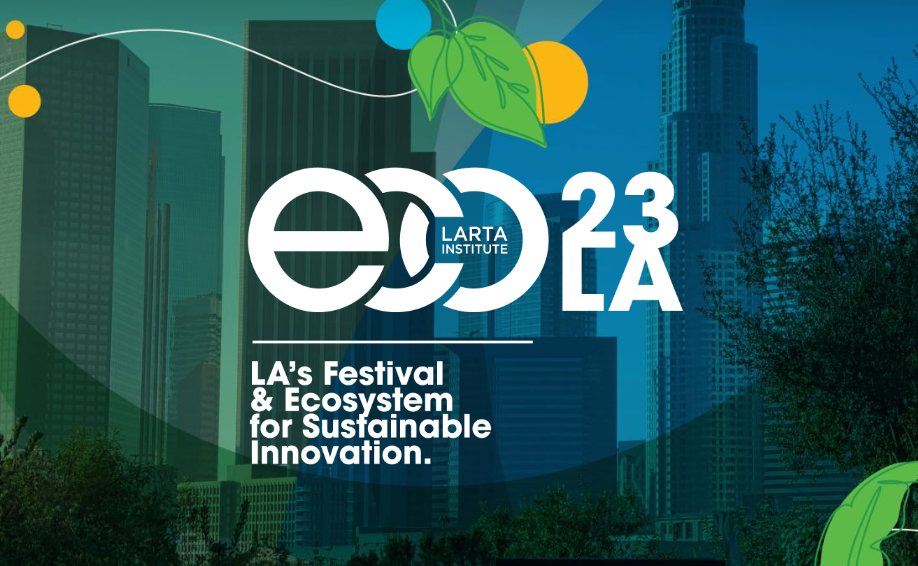
The NOAA SBIR Demo Day started off with opening remarks by Rohit Shukla, CEO of Larta Institute, followed by introductions by Gunjan Siroya, Senior Advisor at Larta Institute, and Dr. Genevieve Lind, NOAA SBIR Program Manager. The morning also featured keynote presentations by Geoffrey Dilley, Associate Professor of Biology at California State University Channel Islands; Lisa Soulodre, General Partner at R3i Capital; Ann Carpenter, CEO at Braid Theory; and NOAA’s Chief Scientist, Dr. Sarah Kapnick.
“The NOAA SBIR Program is an important component of the innovation pipeline that we are building at NOAA, which will empower more entrepreneurs and innovators like yourselves to take advantage of economic opportunities related to NOAA’s mission,” said Dr. Kapnick in her recorded remarks.
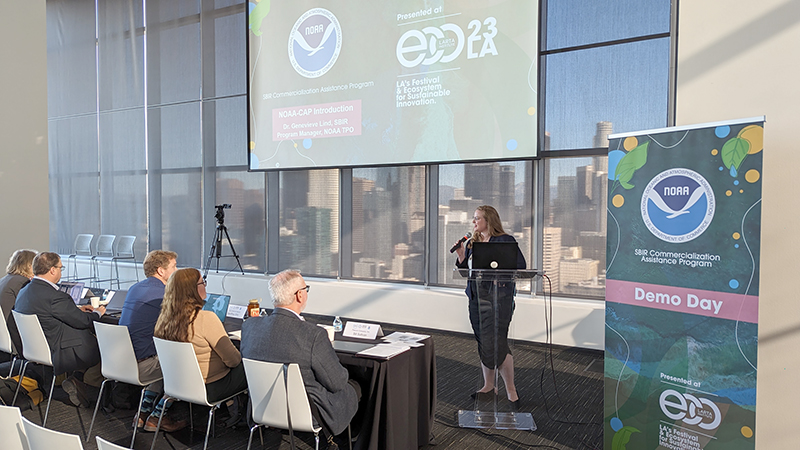
The morning presentations were followed by company pitch sessions. Seven NOAA SBIR awardees presented their technologies and overall commercialization strategies and receive feedback from a panel of expert judges. Panelists representing government, industry, and academia asked the presenters questions and provided constructive critiques.
The pitch sessions offered entrepreneurs an opportunity to showcase not only their SBIR-funded technologies, but also to practice the skills they developed through their participation in the NOAA Commercial Assistance Program. The Commercial Assistance Program is designed to help NOAA SBIR awardees build skills needed to succeed once their grant funding has ended, including skills in business management, market segmentation, customer acquisition, revenue modeling, and communications.
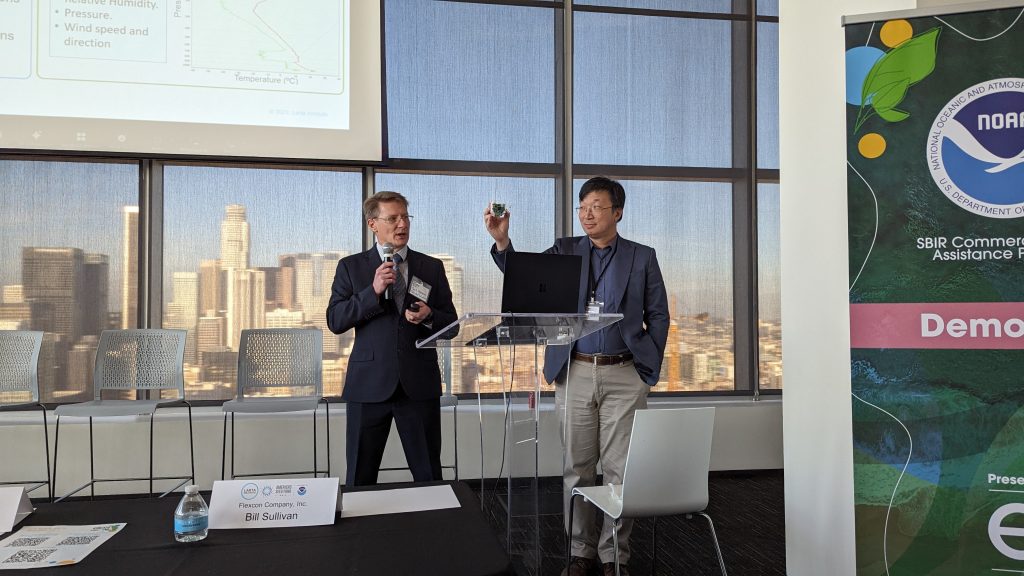
NOAA Administrator, Dr. Richard Spinrad, has often noted that NOAA’s mission spans from the surface of the sun to the bottom of the sea, and this year’s cohort of Demo Day SBIR awardees validated that claim. At the end of the pitch session, StratoSolutions, a small business based in Grayslake, Illinois, was selected as the winner of the competition. Their speakers were invited to provide a more in-depth business presentation and receive detailed feedback from industry experts.
With a focus on the upper atmosphere, StratoSolutions demonstrated a new capability for deploying high-altitude balloons with miniaturized dropsondes. Their technology makes it possible to observe and gather detailed data in remote regions that are typically data-poor. For example, the technology can monitor tropical storms in the Atlantic and atmospheric rivers in the Pacific. This capability will be paired with their solar-powered uncrewed aircraft in the Earth’s stratosphere to provide comprehensive data collection to improve models and forecasts.
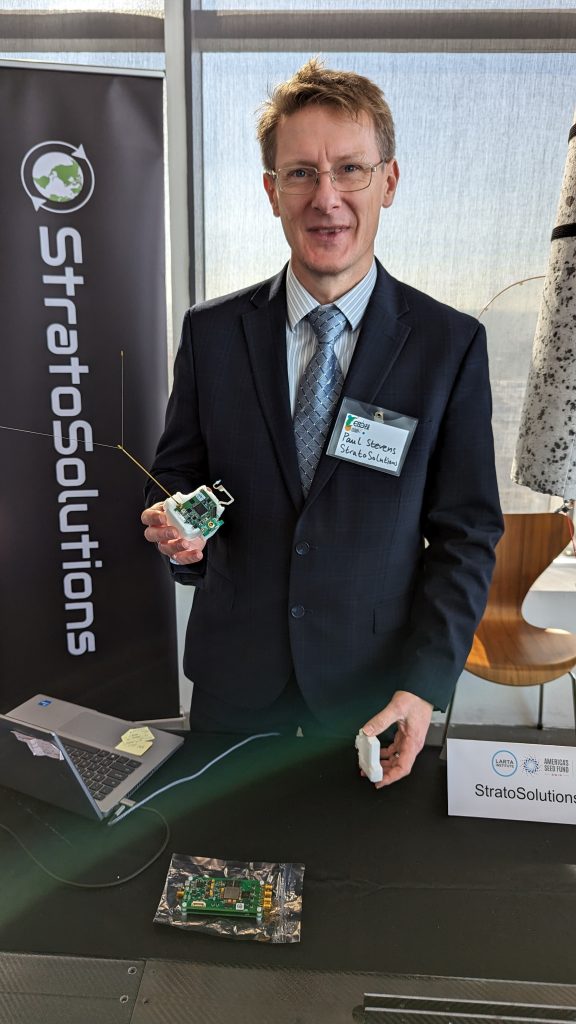
Down at sea level, Tampa Deep Sea Xplorers of Naples, Florida, demonstrated a compact, modular, underwater Lidar system for use on remotely operated vehicles and autonomous underwater vehicles. The technology will enable state-of-the-art data collection at a much lower price point, which will allow individuals, small institutions, and research laboratories to access data that were previously unavailable.
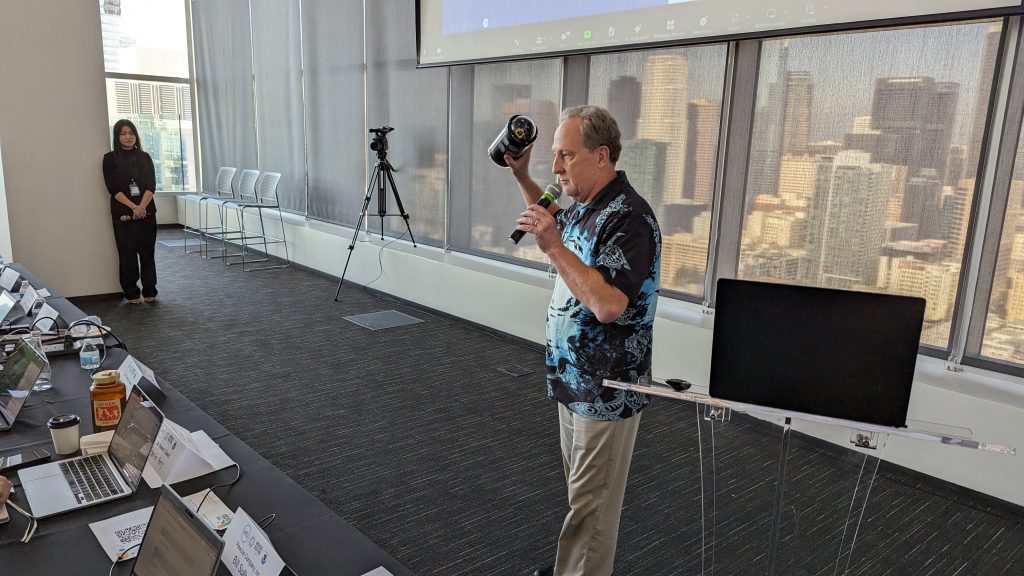
In addition to presentations and pitch sessions, the NOAA SBIR Demo Day featured a company exposition room where current and past NOAA-funded companies displayed their product offerings to potential collaborators and investors.
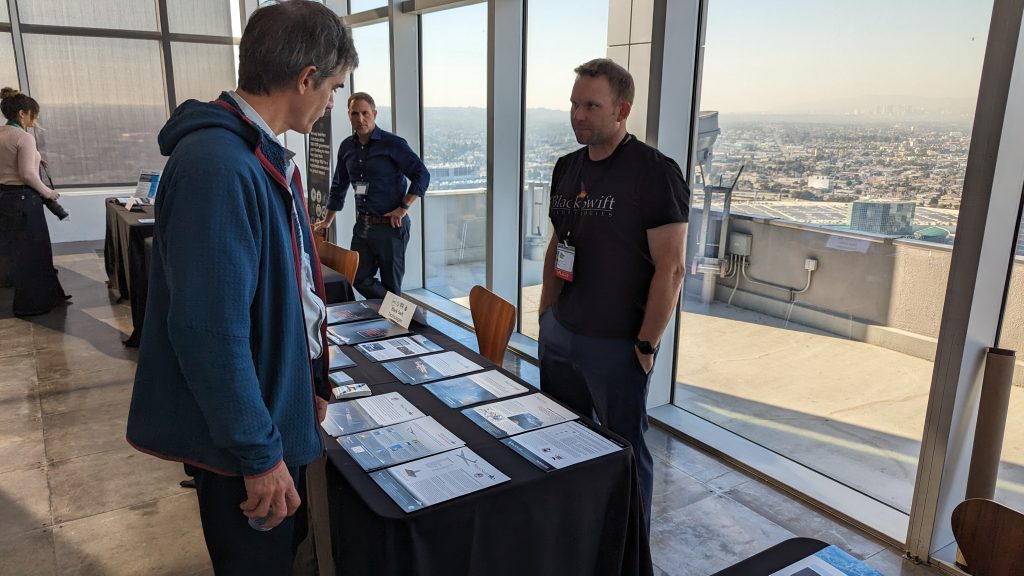
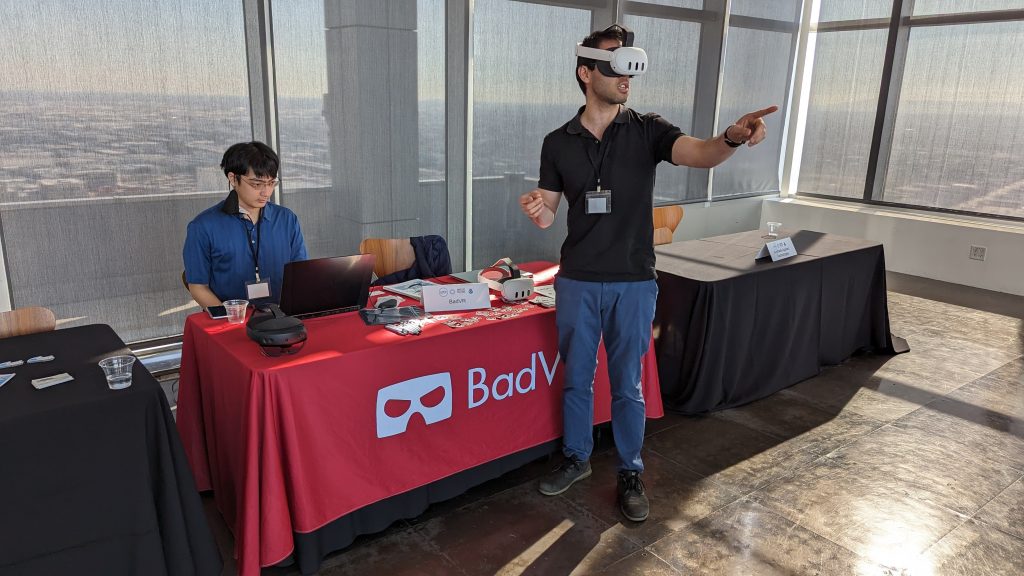
Other Department of Commerce offices also exhibited at the event to network with entrepreneurs and share educational resources. Exhibitors included the Manufacturing Extension Partnership Program, based in the National Institutes of Standards and Technology, and the U.S. Patent and Trademark Office.
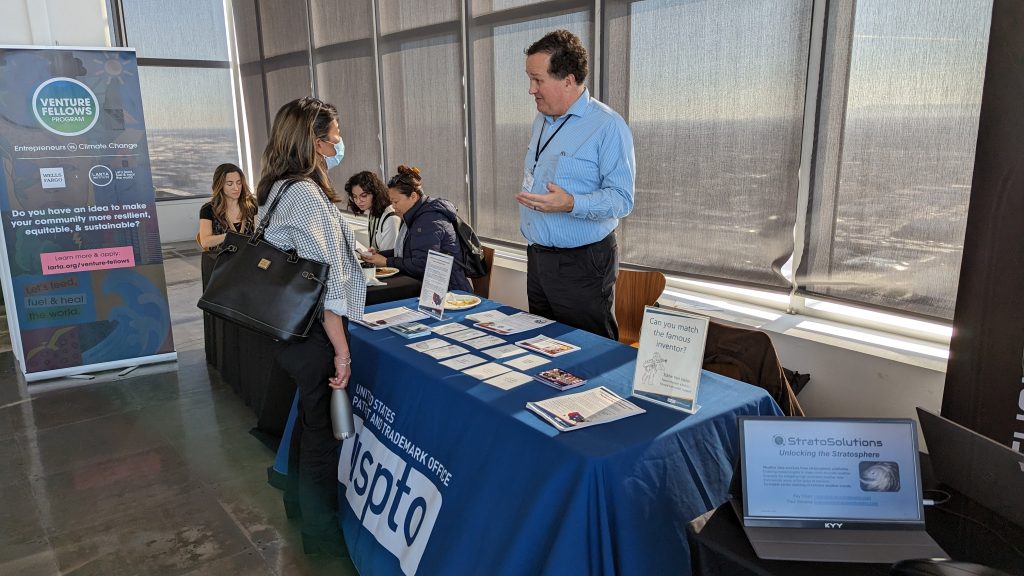
The next NOAA SBIR Demo Day will be held towards the end of 2024 in the Washington D.C. area, and will feature FY23 Phase II companies and their technologies. Join the NOAA SBIR email list to receive updates about future Demo Day events.
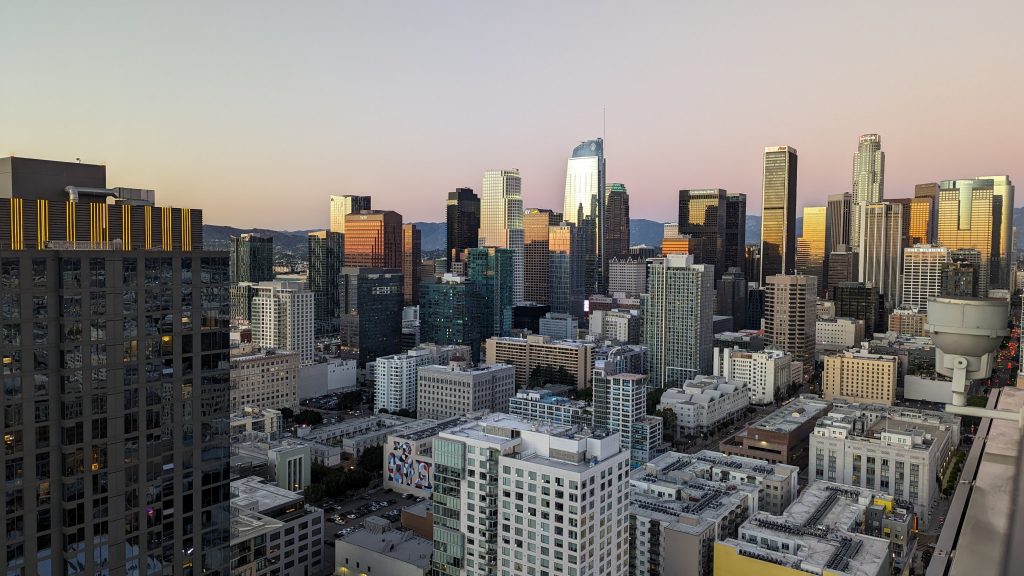
Note: Any reference obtained from this website to a specific company, product, process, or service does not constitute or imply an endorsement by NOAA.
Published on December 20, 2023
Media contact: suzi.webster@noaa.gov
